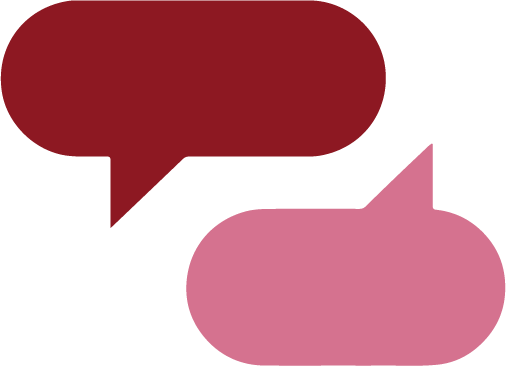What are the business objectives?
It is always important for corporate trainers and instructional designers to remember the guiding question: What are the business objectives?
If this sounds over corporatized, there’s an angle of business learning that you’ll want to consider: program participants who feel their training isn’t relevant to their work are unlikely to be as invested.
If you don’t know what the business objectives are and how they connect to your training, then your learners won’t either. This is not good.
It’s not an easy job, but instructional designers must strike the balance between the corporate strategy and the individual goals of employees in their programs. Some of this means connecting the right learners with the right opportunities before training occurs, but some of it happens in the design process.
How diverse is your audience in terms of business goals? Try to vary your learning design throughout a session such that it can appeal to a variety of those business goals. This will help maintain focus throughout your session.
What are the learning objectives?
This may seem like it should be an obvious question for instructional designers.
The reason it’s worth mentioning is that in the noise of corporate training marketing blasts, industry conferences, and blog posts, it’s shocking at times how much more focus is on learning methods and not learning objectives.
This may sound like a funny thing to read on the blog of a learning simulations company. We don’t think so.
We provide tools for learning. Sure, we think our learning tools are fun, engaging, and successful, but at the end of the day, if your learning objectives aren’t suited to our learning tools, that means something.
Appropriate fit is key.
So, start your day by asking what you’re trying to teach. What are you trying to distill and pass along to your program participants? Ask this question before you ask the question “How do I teach these people?”
We promise that it will be a more successful process.
Who am I teaching today?
Another question that is often overlooked, is, “Who am I teaching on this day?”
Different groups need different types of training. What works for a group of top executives won’t work for an introductory sales class. The same learning objectives and the same learning tools can be used for two very different groups of learners, but the day will (and should!) proceed very differently.
If it’s not, then it may be worth putting some extra thought into who you’re teaching and what their learning needs are. Otherwise, you’ll end up with cookie-cutter learning experiences and disengaged learners.
Where are the lost learning moments?
Have you heard of the Forgetting Curve? If you aren’t intimately familiar with it and its effect on adult learning, stop what you’re doing and read up now.
In brief: the Forgetting Curve is the percentage of learning retained over a period of time following training. If you aren’t very careful, the curve quickly falls flat and retention goes out the window.
Battling the Forgetting Curve is a very real challenge for members of any instructional design and learning team to take on. So, how are you addressing it?
Are you incorporating follow up emails? What about a follow-up meeting? Coaching sessions?
You need to be thinking about where you are losing learning and where you can add learning. If you put thought into this question every single day, you’ll grow your learning program into a well-rounded, holistic system in no time.







